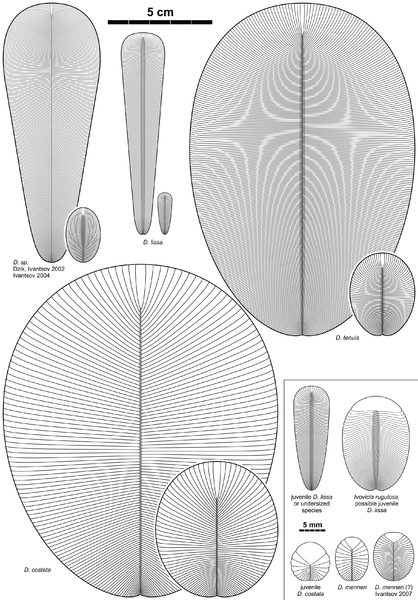I apologize for the delay posting this. I was in Washington DC earlier this week to take in a Supreme Court hearing that never actually happened due to Hurricane Sandy. My flight out was also delayed and thus many other things in my life are delayed right now including this post.
This photo poses a bit of a conundrum…since I don’t have a clue what it is! I have an idea, but I’d like to get other opinions as well. I apologize for the poor quality of the photos. I had to climb up a 5m cliff and then take the photo of the overhang above me at full zoom with my little point and shoot. The rock is a reddish sandstone and is the bottom of a rippled bedding plane. You can kind of see the ripples at the right side of the photo. As for scale I don’t have an exact one but it is approximately 10-15cm long and 5cm wide. The location is the southern end of the Flinders Ranges in South Australia, about an hour’s drive north of Port Augusta (see the map below).
So here is your challenge: what do you think that oval-like shape is? It appears to be a fossil of some description, but what is it? I am not ashamed to admit that I don’t know. Please guess in the comments section below.

Approximately where I was staying just north of Port Augusta on the sheep and cattle station of some friends. The Flinders Ranges are just to the east.
As I said I have a suspicion what this could be although I am not sure. I believe it is an Ediacaran fossil that dates back between 635 and 545 million years ago. Indeed, the Flinders Ranges are home to a little village called Ediacara only a few hundred kilometres north of where I was and the namesake of the Ediacaran.
I suspect that these impressions are possibly of the Ediaracan creature Spriggina or maybe Dickinsonia? It appears to have bilateral symmetry and is reasonably large and ~10 cm long and 5 cm wide.
The other possibility that I have been considering is Dickinsonia. Dickinsonia is classified as likely an animal of an unknown kingdom. Regardless of its affiliation, or lack thereof, it also has bilateral symmetry and can be quite large. Indeed, the species D. lissa has been found up to 15 cm. It can also have similar morphology to my mysterious fossil as D. lissa can have an elongate shape.

Dickinsonia species and their morphologies. (Image: Wikipedia)
So I leave it to you to figure this out. Please let me hear your opinions since I certainly am no paleo expert, but I’d love to get to the bottom of what this mysterious fossil is.
Thanks for reading,
Matt




Gillian B
It’s a bit short on features, isn’t it? Although soft and squishy things often are.
I’m curious, though, as to its placement at the end of what looks to be a line of the same or similar indentations continuing to the right of the original blob. My gut feeling (not the world’s most scentific of evaluators, but one that should be respected, nonetheless) is that the chain is significant and should be further investigated. (Woot! South Australian winefields on the way, and check out Acroman seeing I’m in the vicinity). More seriously, could it be a trace fossil instead – the burrow of one of these soft-bodied Ediacaran critters that’s held its shape or had an infill of sand just different enough to hold the shape?
herod
Thanks for your comment! I agree that the chain is significant for sure, but I think they might be ripples. I also have the advantage of having seen more of the outcrop and observing that the ripples are continuous and recur all over the bed. I love your trace fossil idea though! I hadn’t really considered that and it is totally plausible…I just really want it to be something Ediacaran! Also, you have gotta love the wine districts of south Australia!! Go Barossa Valley!!